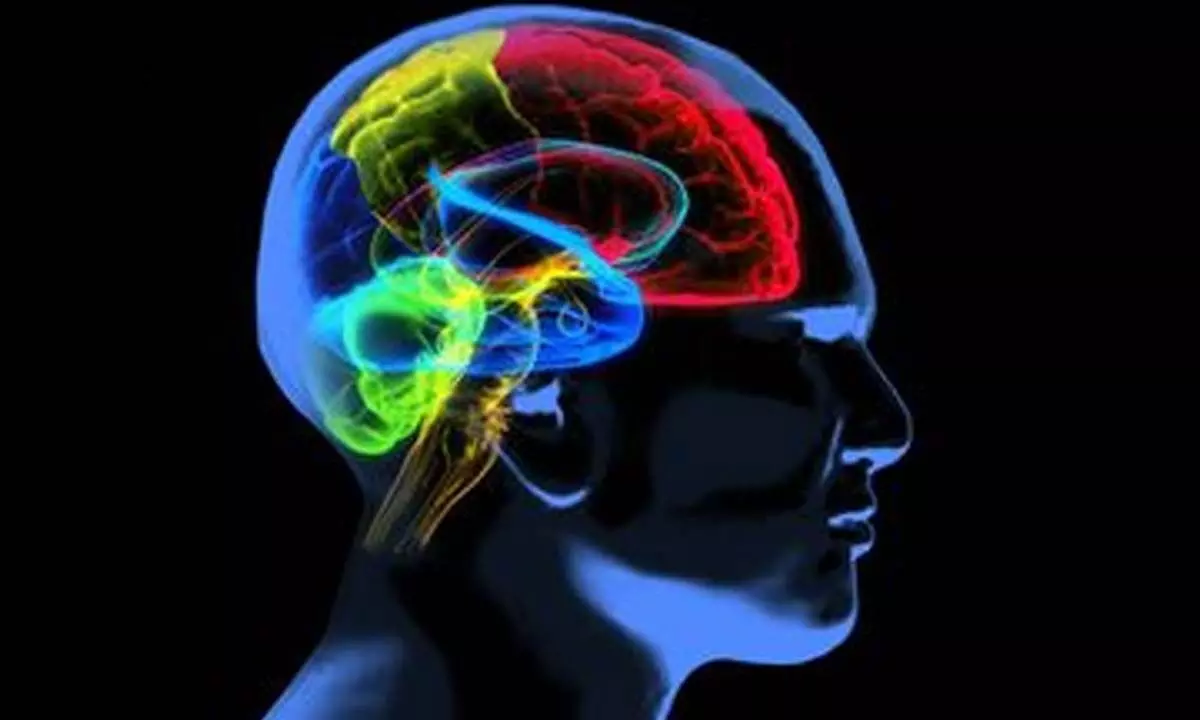Live
- All Arrangements in Place for Group 1 Preliminary Examination Today (June 9)
- Distribution of school bag kit to orphan children
- Sri Ranganayak Swamy Brahmotsavam from 15th June
- Armed arrangements for conducting Group One Exam : SP Gaikwad
- 17387 cases settled in 2nd National Lok Adalat -District Chief justice Rajesh Babu
- "Saint-Gobain: Leading the Way in Sustainability Awareness on World Environment Day"
- World Brain Tumour Day 2024: Effective Strategies for Enhanced Patient Recovery
- SmarterHomes Launches “Summer of Sustainability 2024 - Water Wise Communities"
- Emergency Pet Care Guide: Safely Moving Your Sick or Injured Pet
- Happy Pride Month: Audio and Web Series and Films That Will Move You and Broaden Your Perspective








